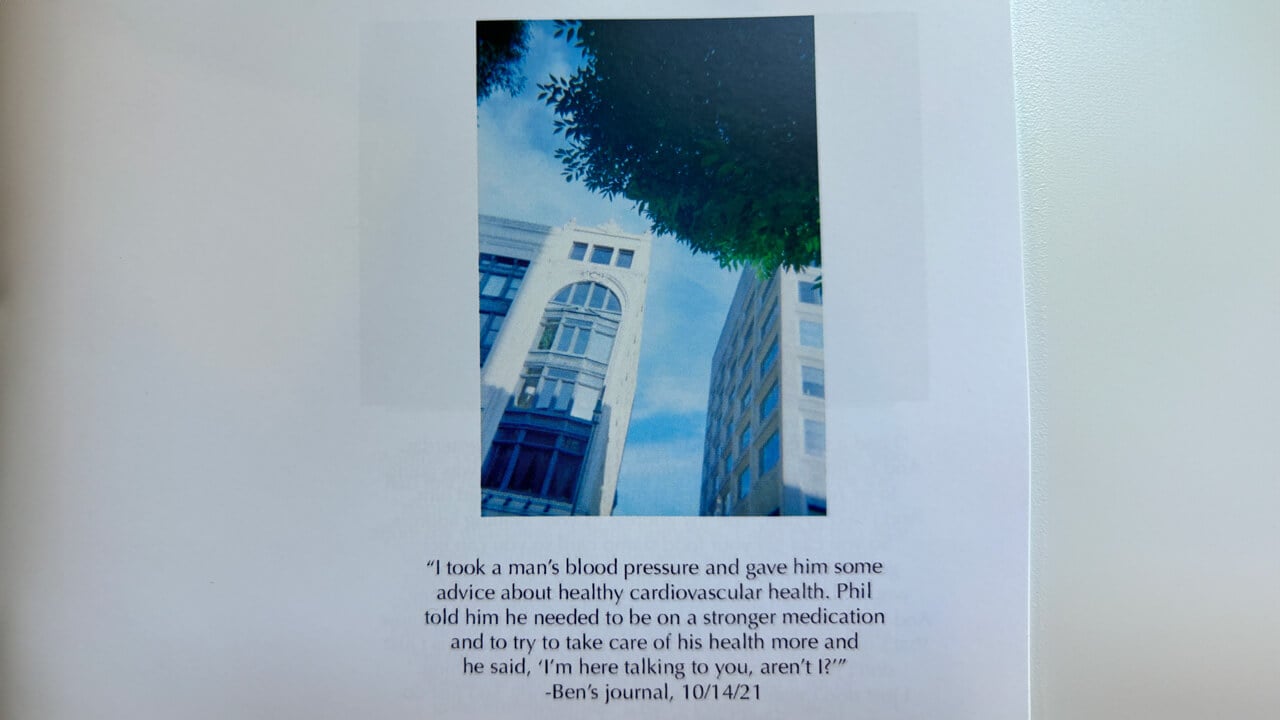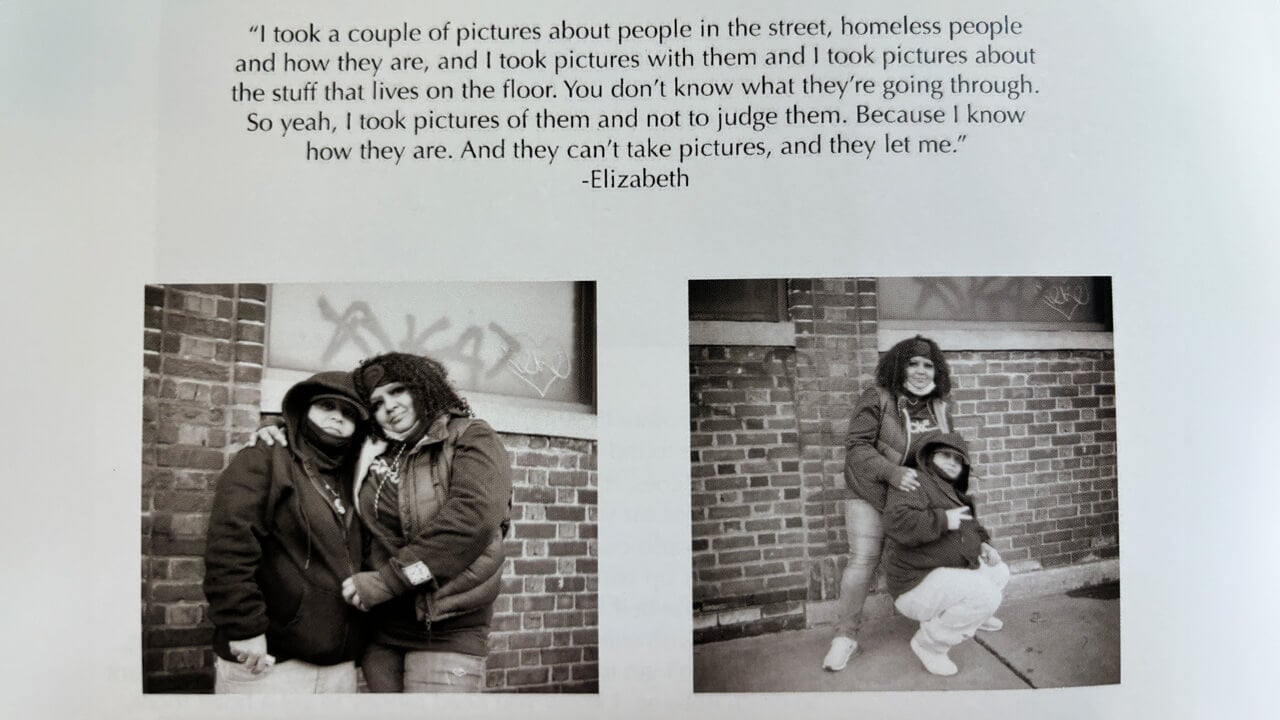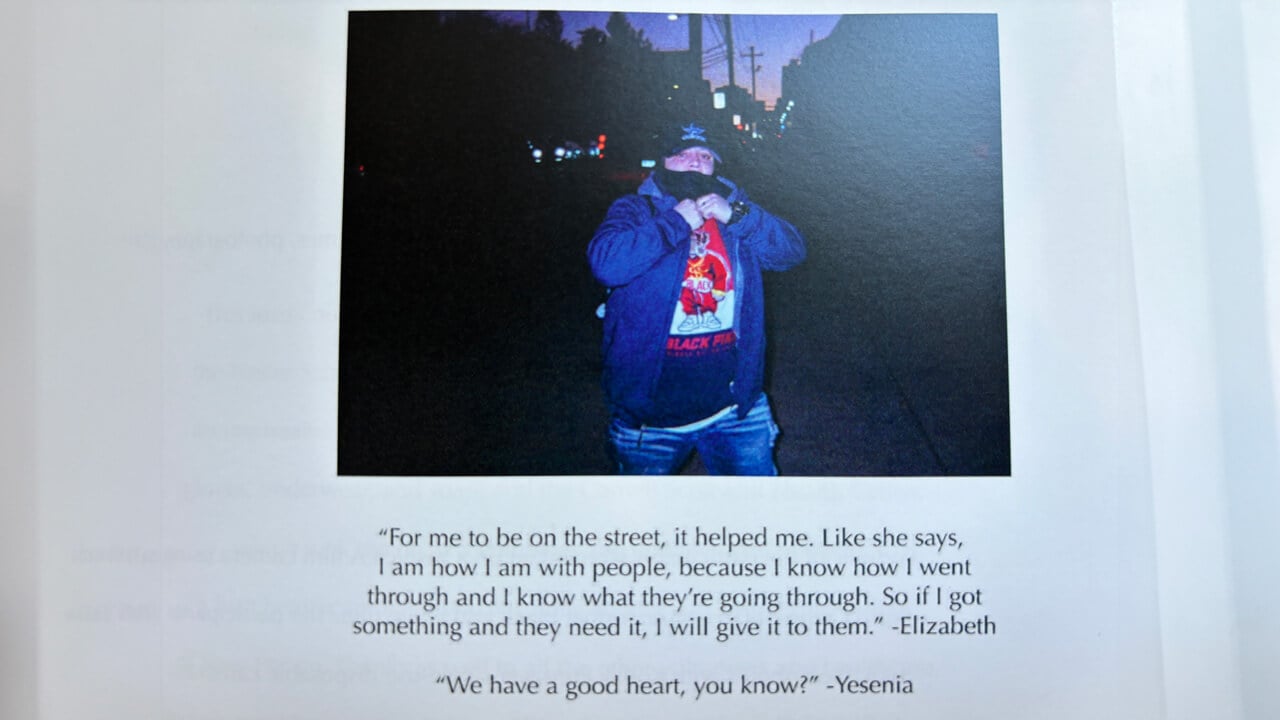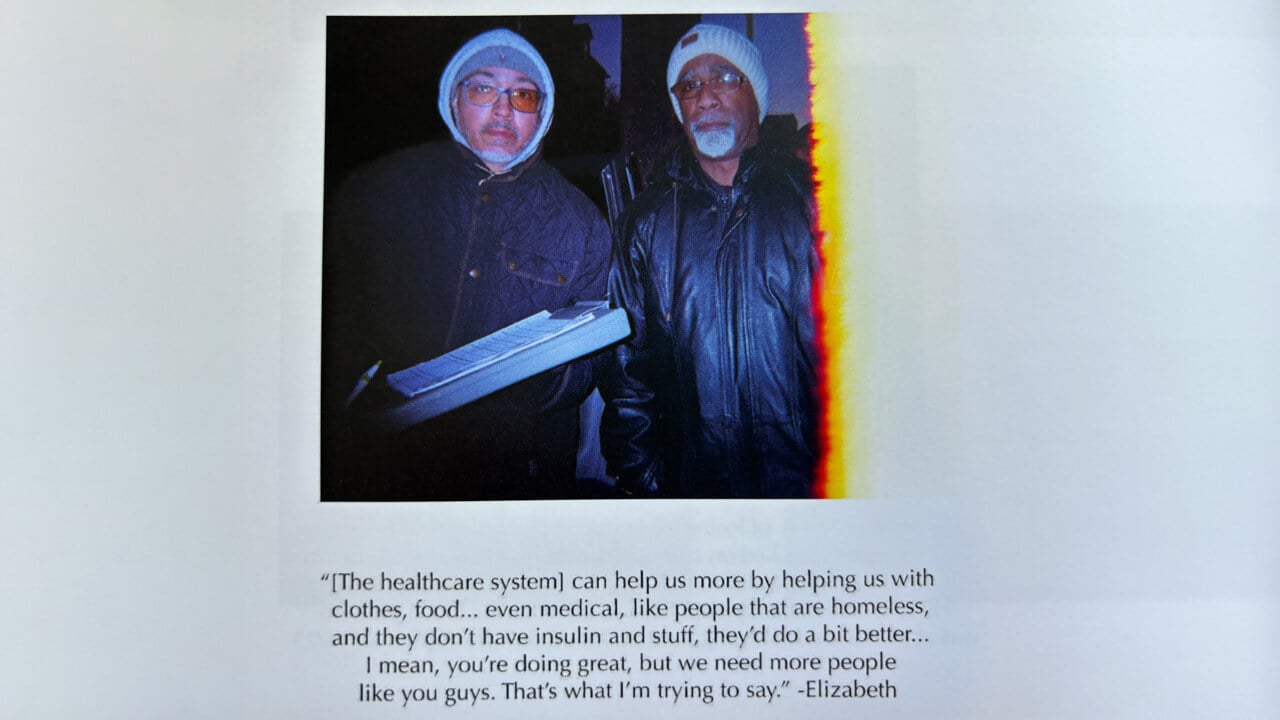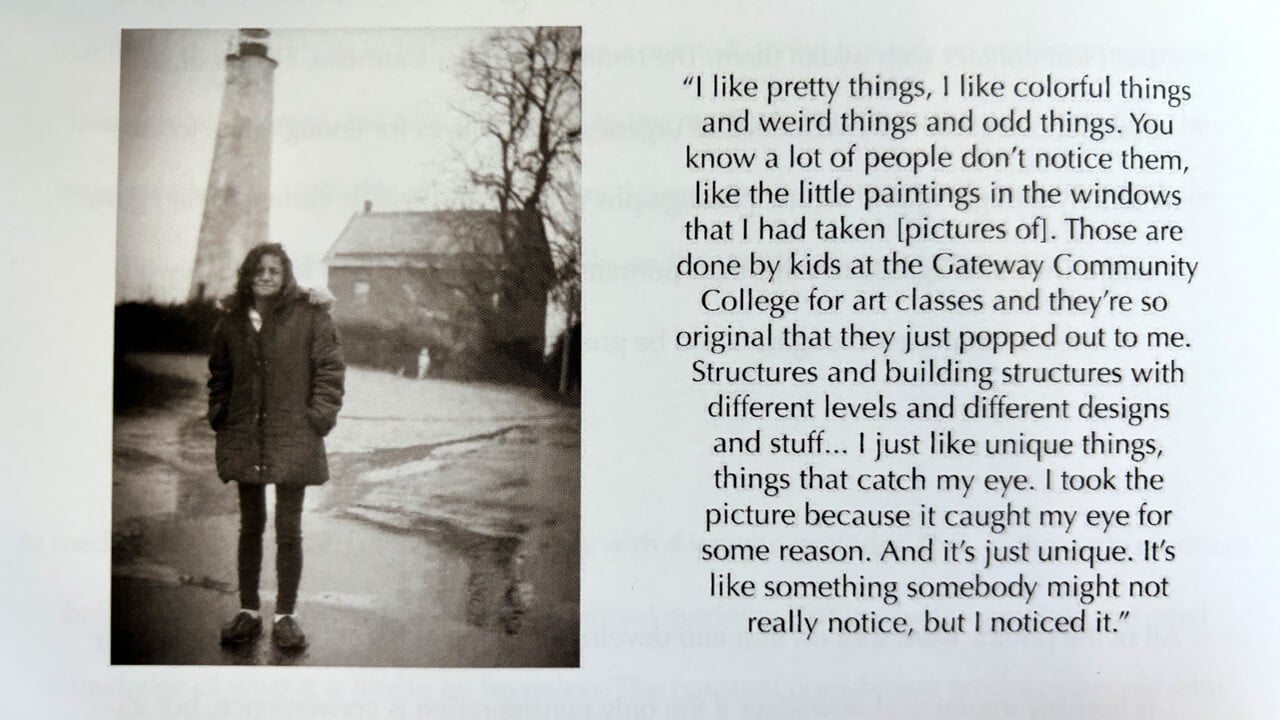
Medical Doctor
Photography, Agency and Expression

Medical Doctor
Photography, Agency and Expression
A profoundly humanitarian and artistic view of homelessness, provided from the perspective of homeless individuals he’s assisted, threads four years of effort undertaken by Benjamin Gaylord, MD ’24, as his Frank H. Netter MD School of Medicine capstone scholar project.
Overview
This project grew from Benjamin's desire to figure out some kind of way to exhibit the humanity of the homeless, who have very little collective voice.
Residency Match
- Benjamin matched into an emergency medicine residency at the Southwest Regional Healthcare Consortium in Temecula, California.
Author
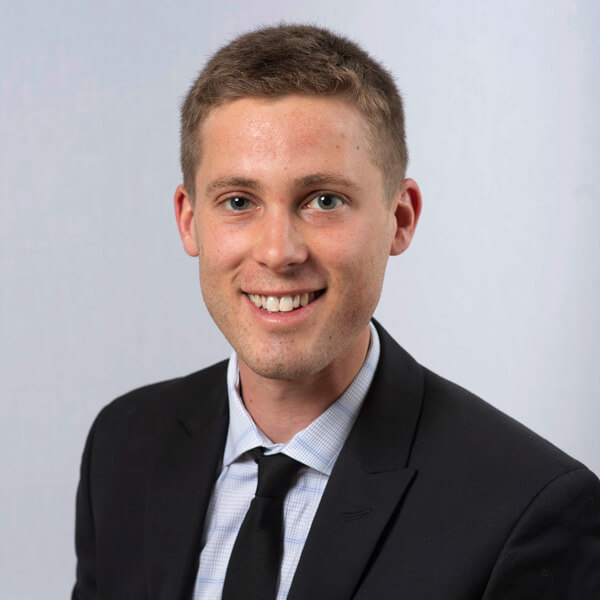
Benjamin Gaylord, MD '24
MD Program
Frank H. Netter MD School of Medicine
Empowering, aiding and learning from vulnerable residents of New Haven through film photography and outreach
Volunteering has been as life-changing of an experience for me as my medical school journey. I'd been sporadically volunteering since I was very young, but I got serious about it in 2018 while I was living in Los Angeles, an area well known for its homeless. Helping people had always made me feel good, and I liked working and spending time with my fellow volunteers. And for the first time, I felt like I could walk by homeless people and no longer suffer the guilt that I was doing nothing to help them. I was a premed, trying to work on and improve myself inwardly as a person, but also externally, to the medical schools that would (hopefully) be impressed by me. With this starting mindset, I began to spend more and more time with the homeless and hard-down folks on the streets of our urban areas.
In med school, I was a street medic, working with a veteran provider, Phil, in the early mornings before class. He gave me clinical and spiritual guidance as I gradually sank into the cruel knowledge of what it is like to be homeless. The constant punishment produces people who I rapidly came to respect; they were fiercely individual, genuine, resourceful, and had no patience for trivialities or insincerity. As more and more people confided in me and described their obstacles along with their efforts to survive, it seemed obvious that all of it was affecting their health in terrible ways. Living far below the poverty line and being without permanent shelter is all-consuming. It's a big ask to get people experiencing this magnitude of everyday struggle to enter society in the form of a doctor's office, where they are the victims of neglect and prejudice, and closely follow their health. I've seen some bad things already in just a few years of clinical rotations. My love for this community progressed at the same time as my guilt at entering a profession that actively plays roles in its disenfranchisement.
This project grew from my desire to figure out some kind of way to exhibit the humanity of the homeless, who have very little collective voice. Originally, five participants, people who by that point I had known for at least a year, agreed to take part in the project, but I lost contact with two of them. The remaining three, Carmella, Elizabeth, and Yesenia, overcame the craziness and urgency of their lives for enough time to take incredibly thoughtful and artistic photographs with the disposable cameras that I gave them. They also agreed to have their portraits taken by me and to be interviewed, so that their thoughts could be presented along with their art.
All of the photos were shot on film and developed by me at home. Film photography is horribly impractical nowadays if the only consideration is convenience, but it's wondrous as an art form. The many hours I spent developing the film, scanning it, and editing out all the hairs and dust specks allowed me to further connect with
the participant's art. I have also included excerpts from the journal I kept documenting my outreach in New Haven, so that other (anonymous) members of the homeless community can be honored.
Portraits of the participants were taken on a Yashica A film camera using Ilford Ortho+ 80 medium format black and white film. The participants took their photos with Kodak Funsaver single-use disposable cameras. All film was processed by me using a Paterson film tank and the home developers Ilford ID-11 for B&W and Cinestill C41 for color, and scanned using an Epson v600 scanner. Editing was accomplished with Photoshop.
Excerpts from the photography booklet
For Further Discussion
Project
This serves as an overview of the project and does not include the complete work. To discuss this project further, please email Benjamin Gaylord.
Learn more about the project on Quinnipiac Today
Capstone Course
The Scholarly Reflection and Concentration/Capstone course allows medical students to personalize their curriculum and prepares them for scholarly endeavors during residency and future practice. They design and execute a capstone project in an area they are passionate about over the course of four years.
To learn more about the Frank H. Netter MD School of Medicine capstone, please visit medicine.qu.edu.
Explore the Health and Medicine Area of Interest
We've sorted each of our undergraduate, graduate and doctoral programs into unique Areas of Interest. Explore these categories to discover which programs and delivery methods best align with your educational and career goals.


